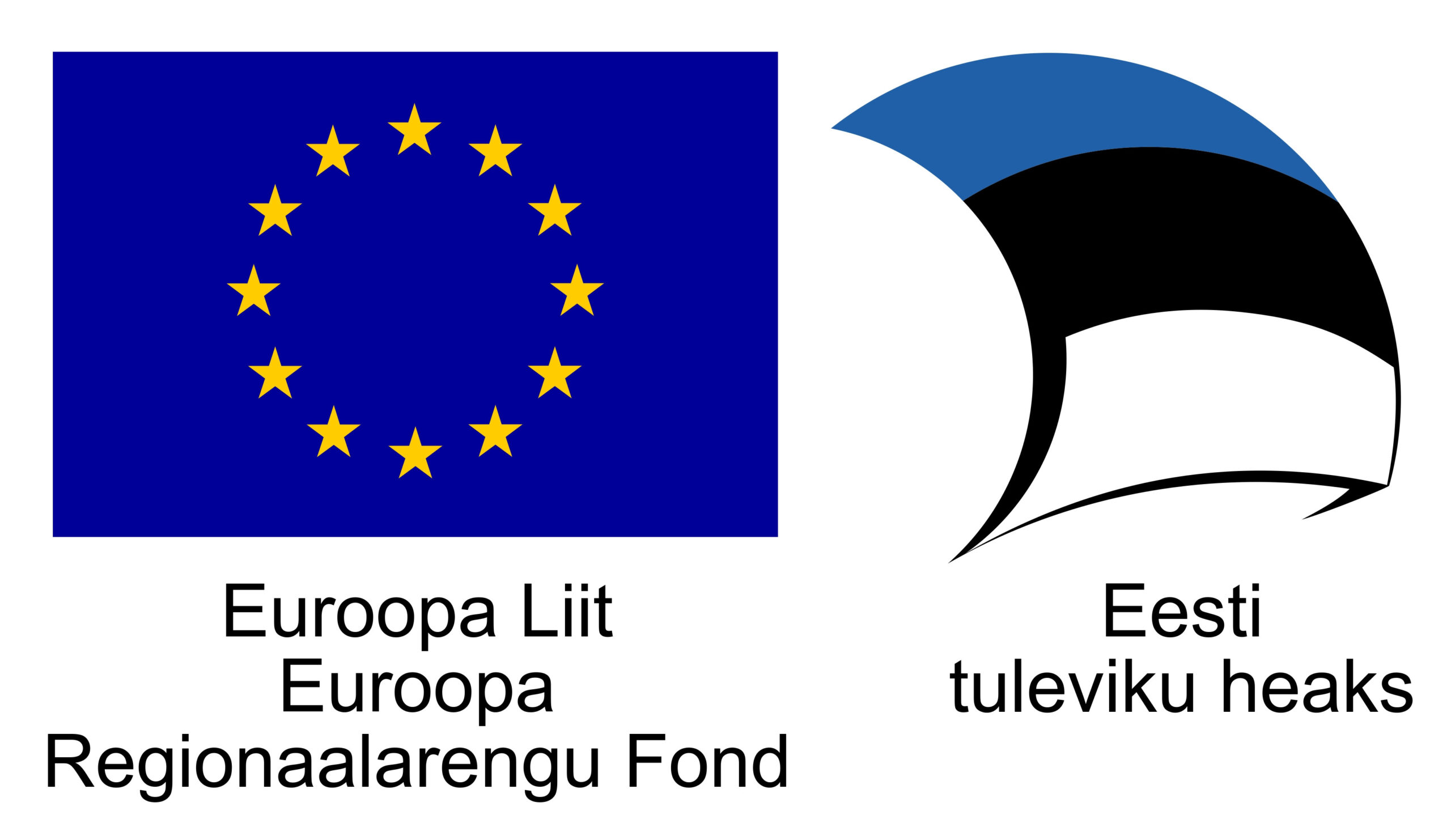After raising some initial capital, Jakob Aavik opened his own shop in Turu street and later moved it to Kohtu street. His shops were widely known and much-frequented, while Aavik himself was considered to be an affable and well-disposed person, especially among the rural folk. He participated in local community activities and served as a town councillor, representing the Christian People’s Party.
In 1880, Jakob Aavik — still a young man — bought a plot of land in Uus street and built there a small wooden house. From 1888 onwards, that house (which has since been demolished) accommodated his brother Mihkel Aavik and Mihkel’s young son Johannes Aavik. The latter had just started school in Kuressaare, and eventually became a famous pedagogue and reformer of the Estonian language.
In order to supply his shop more efficiently, Jakob Aavik began cooperating with Kuressaare’s shipping authori-ties in the early 1890s. He then acquired some shares in a ship himself, thus becoming one of the first Estonian shipowners in Kuressaare.
In 1896, 44-year-old Jakob Aavik married Pauliine Amalie Zimmermann, who was ten years younger. In 1899, they had
a son — Joosep Aavik, who became a well-known organ player, choral conductor and music critic.
To maintain his prestige as a shipowner and leave behind something truly impressive, Jakob Aavik began to build a fancy new street-side house to his downtown plot in 1897. The project foresaw a building that was to be unique in contemporary Kuressaare — the lower floor was made of hewn limestone, while the upper floor was made of red bricks and yellow bricks from Ventspils. Even though the building process dragged on and was often halted, especially in the years of the First World War, a shop on the ground floor of the unfinished building was nevertheless opened for business in 1923. By 1929, the roof was in place and work on the interior had begun — yet, when Jakob Aavik passed away in 1935, the house was still not fully finished.
In 1940, the building was nationalised by the Soviet occupation authorities and handed over to Housing Coope-rative Number 1, after which the construction was finally completed. During the Second World War that followed, the building was taken over by Ortskommandatur, the highest local military authority of the German occupation forces. After the war, the house accommodated the Saare County Committee of the Communist Party of Estonia (after 1950, the Kuressaare Rayon Committee of the CPE), while the auxiliary building in the yard housed the rayon committee of the political youth organisation Komsomol. In 1972, party officials moved out and the building was designated to the department of education.
After the restoration of Estonian independence, the ownership of the building was returned to Jakob Aavik’s grandchildren, who then rented it to various institutions and businesses, but ultimately decided to sell it due to high maintenance costs. In 2019, the current owner added an extension with a cinema auditorium to the building and opened the whole complex to the public as a leisure centre.





